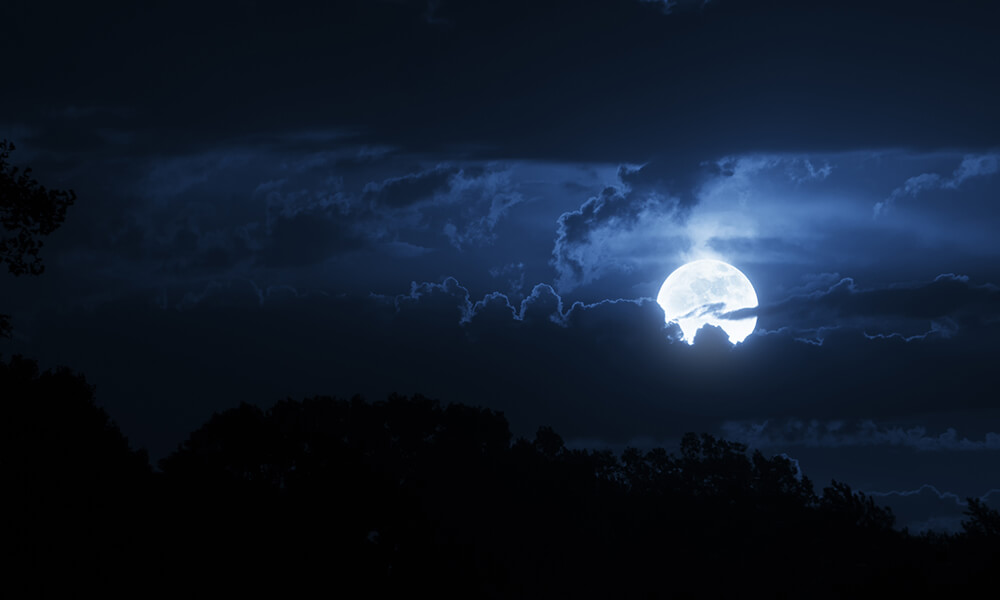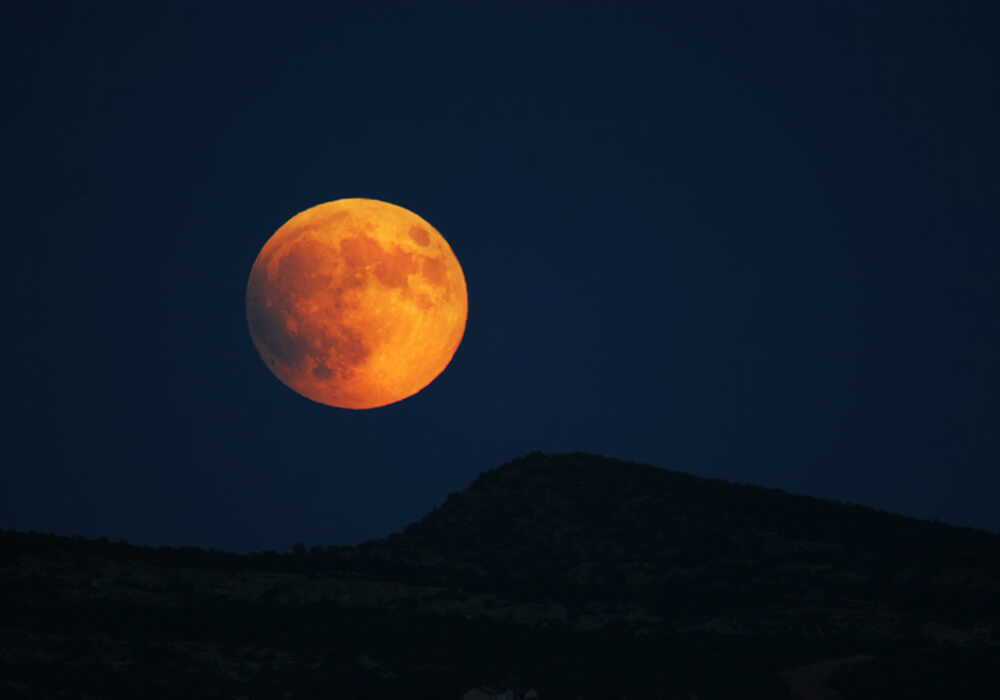Something very strange happened above your head in 2018, on the 31st of January, and chances are, you may have missed it. The Super Blue Blood Moon last Wednesday was the first one visible from the United States since 1866. Americans everywhere stayed up throughout the night to witness the rare sight. This lunar trifecta encompassed many rare occurrences with the moon and created quite the spectacle, visible from many parts around the country and world. We’re going to dissect just how amazing this vision was, and why it only happens once in a blue moon.
WHAT IS A “SUPERMOON”?
Supermoons are a result of the moon’s elliptical orbit around Earth. A supermoon happens when a full moon falls along with its perigee, which is when the moon is at its closest orbit. When this happens, the moon appears larger and brighter by 14%, according to NASA. Supermoons are relatively common (roughly 4-6 supermoons occur each year), and the last one happened on New Years Day of 2018. Supermoons can create beautiful and dramatic lunar displays, which often attract the attention of skywatchers and photographers. Most people notice the moon seems larger, but aren’t always aware that a supermoon is happening right above their heads.
WHAT IS A BLUE MOON?

We all have heard the saying, “once in a blue moon,” meaning that something is rare or only happens every once in a while. However, most of us who use this phrase aren’t entirely sure of where this expression originates from. A blue moon means that there is more than one full moon within the same calendar month, which is pretty rare. Unlike supermoons which happen 4-6 times every year, blue moons only average about once every 3 years.
We do want to mention that this was not the original meaning of the term blue moon. The definition of the aformentioned term “blue moon” is not related to the moon’s color. The moon will still appear gray or white, although it can appear to have a bluish tint with certain atmospheric conditions. Sometimes the moon can appear slightly blue depending on the amount of ash in the air from volcanic activity. This phenomenon cannot be predicted and is only visible from specific parts of the earth. Due to its unpredictability and inconsistency, the term blue moon is most commonly used to describe an extra full moon in a month, not when the moon actually appears blue.
WHAT IS A BLOOD MOON?
A blood moon is not a scientific term but rather a popular term used to describe a total lunar eclipse. During a lunar eclipse, faint red sunbeams shine from around the edge of the earth, giving the moon a blood red tint. This isn’t necessarily a sign that the eclipse is almost over, but rather just another stage in the eclipse. Many people feel uneasy when gazing at the copper sun, which is why we use the word “blood” in order to encompass the connotation of the strange vision. The term blood moon can be applied to any and all total lunar eclipses, as most of the sunbeams make the moon appear red.

WHAT IS A LUNAR TRIFECTA?
A lunar trifecta is a rare occurance where the moon is altered by three phenonminon at the same time, in this case, a supermoon, blue moon, and blood moon. This sort of “lunar trifecta” occurred on the 31st of January, for the first time in many decades. This means not only did a supermoon, blue moon, and blood moon (eclipse) occur, but they all happened at the same time. This was an amazing phenomenon, and many people were able to document the sight with videos and photos for those who were not able to see it themselves.
WHEN IS THE NEXT LUNAR TRIFECTA?
While this lunar trifecta won’t happen for another few decades, blue moons, supermoons, and blood moons occur semi-regularly.
- When is the Next Supermoon? – Supermoons occur relatively frequently. Full moons at or near perigee occur approximately once every 13.6 months, meaning there is usually at least one supermoon per year. Keep in mind that the size and brightness of a supermoon can vary from one occurrence to the next.
- When is the Next Blue Moon? – Due to the lunar cycle’s duration of approximately 29.5 days, a blue moon is a relatively rare lunar event that occurs roughly once every 2.7 years.
- When is the Next Blood Moon? – The frequency of blood moons depends on the occurrence of total lunar eclipses, and these eclipses happen several times a year, on average. However, not all of them result in a noticeable blood moon phenomenon due to various factors like the Earth’s atmospheric conditions at the time of the eclipse.
Next time you have the chance to observe a moon phenomenon, make sure you unpack your folding chair, pull out your camera, and document the experience.





